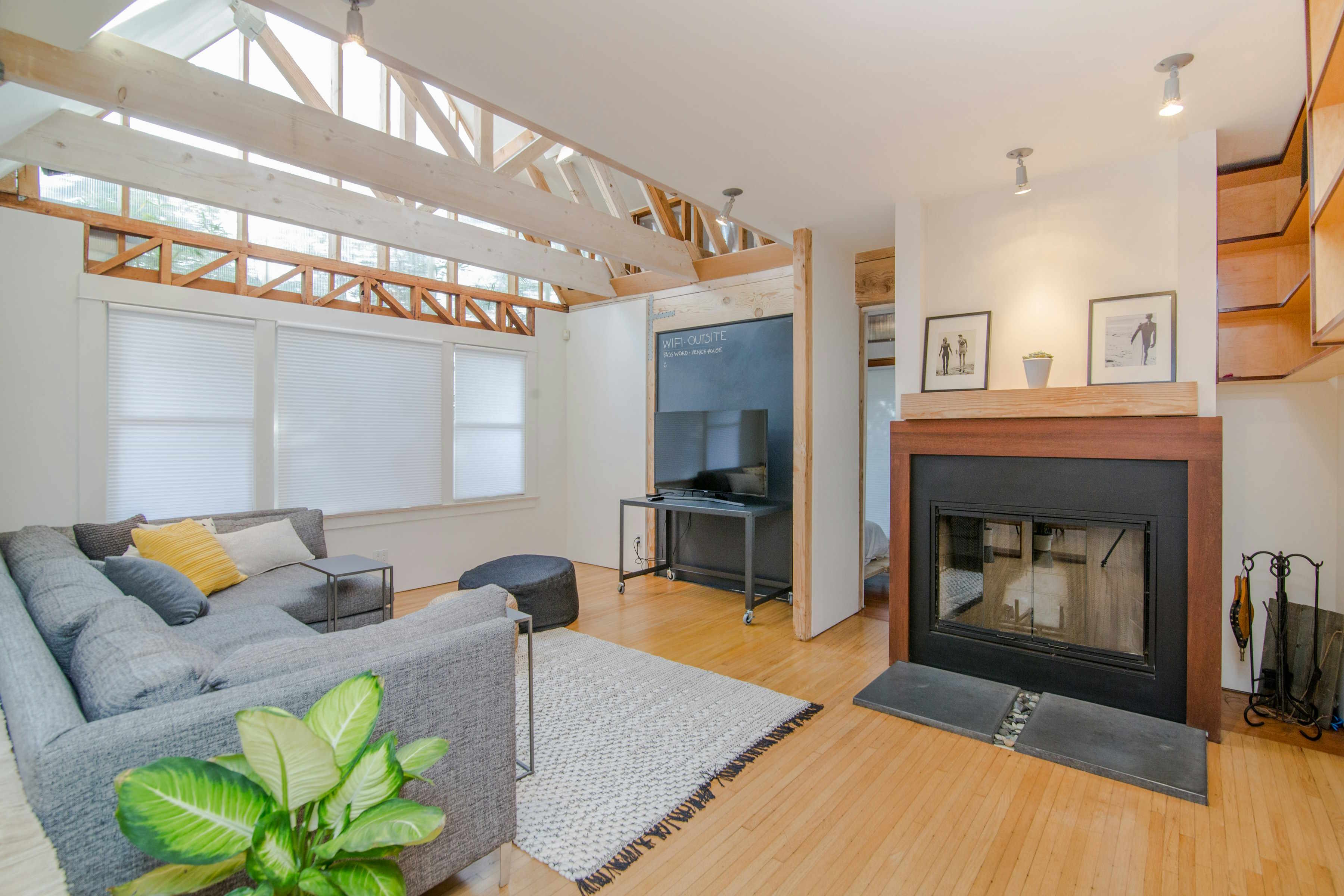Biomorphic Lighting: Illuminating Spaces with Nature-Inspired Forms
Discover the captivating world of biomorphic lighting, where organic shapes and natural forms merge with cutting-edge design to create stunning illumination solutions for modern homes. This innovative approach to lighting transcends traditional fixtures, drawing inspiration from the fluid lines and intricate patterns found in nature. As homeowners increasingly seek to bring the outdoors in, biomorphic lighting offers a perfect blend of artistry and functionality, transforming living spaces into mesmerizing environments that soothe the soul and stimulate the senses.

The Origins of Biomorphic Design
Biomorphic design, which encompasses lighting and other elements of interior decor, traces its roots to the early 20th century. Artists and designers began exploring organic forms in their work, inspired by the curves and shapes found in nature. This movement gained momentum in the 1930s and 1940s, with pioneers like Isamu Noguchi and Alvar Aalto incorporating biomorphic elements into their furniture and lighting designs.
The concept of biomorphism in design was further popularized by surrealist artists like Jean Arp and Joan Miró, who used organic shapes to evoke the subconscious mind. As the movement evolved, it found its way into architecture, with structures like the Sydney Opera House exemplifying biomorphic principles on a grand scale.
The Psychology of Natural Forms
Biomorphic lighting taps into our innate connection with nature, a concept known as biophilia. This theory suggests that humans have an inherent affinity for natural forms and environments. By incorporating organic shapes and patterns into lighting design, we create spaces that feel more harmonious and welcoming.
Research has shown that exposure to nature-inspired elements can reduce stress, improve cognitive function, and enhance overall well-being. Biomorphic lighting takes advantage of these benefits, bringing the calming and rejuvenating effects of nature into our homes through carefully crafted illumination.
Innovative Materials and Technologies
The rise of biomorphic lighting has been facilitated by advancements in materials and manufacturing technologies. Designers now have access to a wide range of flexible and moldable materials that allow for the creation of complex, organic shapes. Silicone, for example, has become a popular choice for its malleability and translucent properties.
3D printing has revolutionized the production of biomorphic lighting fixtures, enabling intricate designs that would be impossible to achieve through traditional manufacturing methods. This technology allows for customization and small-batch production, making unique, nature-inspired lighting accessible to a broader audience.
Integrating Biomorphic Lighting in Home Design
Incorporating biomorphic lighting into your home requires a thoughtful approach to ensure harmony with existing decor. Start by identifying areas where organic forms would complement the space. A sinuous table lamp can serve as a focal point in a minimalist living room, while a cluster of pendant lights resembling water droplets can create a stunning effect over a dining table.
Consider the interplay of light and shadow when selecting biomorphic fixtures. Many designs feature perforations or translucent materials that cast intricate patterns on walls and ceilings, adding depth and interest to the room. This interplay can transform a space throughout the day, creating a dynamic and ever-changing environment.
Sustainability and Biomorphic Lighting
As environmental consciousness grows, many designers are incorporating sustainable practices into their biomorphic lighting creations. This includes using recycled or biodegradable materials, as well as integrating energy-efficient LED technology.
Some innovative designs even mimic natural processes, such as photosynthesis or bioluminescence. These bio-inspired lighting solutions not only provide illumination but also contribute to improved air quality or energy conservation, aligning with the growing demand for eco-friendly home solutions.
The Future of Biomorphic Lighting
The field of biomorphic lighting continues to evolve, with designers pushing the boundaries of form and function. Emerging trends include interactive lighting that responds to touch or movement, mimicking the behavior of living organisms. Additionally, the integration of smart home technology is allowing for more sophisticated control over these organic-inspired fixtures, enabling users to adjust color temperature and intensity to match their circadian rhythms or mood.
As our understanding of the impact of our environment on well-being deepens, biomorphic lighting is poised to play an increasingly important role in creating healthier, more inspiring living spaces. The fusion of nature-inspired design with cutting-edge technology promises a future where our homes not only look beautiful but actively contribute to our physical and mental health.




